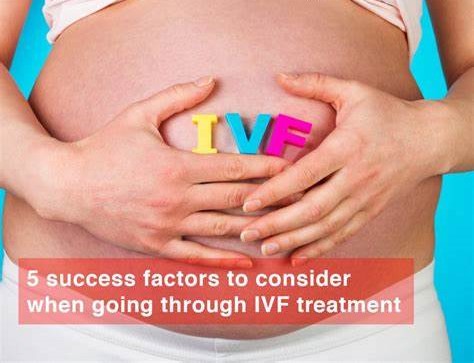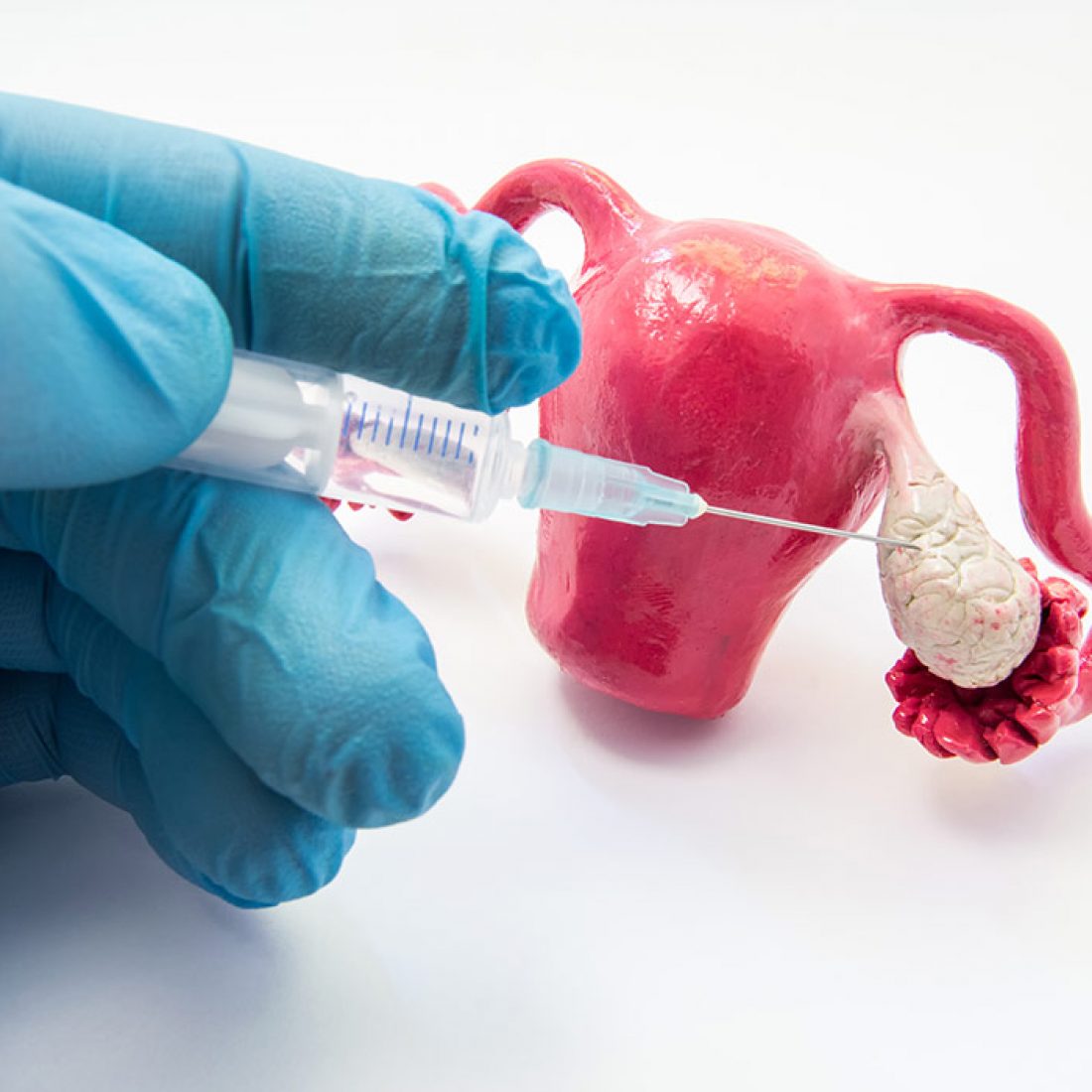"Factors Affecting IVF Success Rates: What You Need to Know"
02-Feb-2024 Introduction:
Embarking on the journey of In
Vitro Fertilization (IVF) can be both hopeful and challenging. Understanding
the various factors that influence IVF success rates is crucial for individuals
or couples considering this assisted reproductive technology. This article aims
to shed light on key factors that play a role in determining the success of IVF
treatments.
Factor1: Age:
One of the most significant
factors influencing IVF success rates is the age of the individual. Fertility
declines with age, and women over the age of 35 may experience reduced ovarian
reserve and lower egg quality. Younger individuals generally have higher
success rates due to better egg quality and a higher likelihood of successful
embryo implantation.
Factor 2: Ovarian Reserve:
The ovarian reserve, or the
quantity and quality of a woman's eggs, plays a crucial role in IVF success.
The response to ovarian stimulation during the IVF process depends on the
ovarian reserve. A diminished ovarian reserve may impact the number of viable
eggs retrieved, affecting the overall success of the procedure.
Factor 3:
Lifestyle Factors:
Various lifestyle factors,
including diet, exercise, and stress levels, can influence IVF success.
Maintaining a healthy lifestyle with a balanced diet, regular exercise, and
stress management can positively contribute to the chances of success. Conversely,
factors such as smoking and excessive alcohol consumption may have negative
effects on fertility and IVF outcomes.
Factor 4: Anatomical Factors:
The presence of any anatomical
issues in the reproductive organs can affect IVF success. Conditions such as
uterine abnormalities or tubal blockages may hinder the implantation of
embryos. Addressing and treating these issues before undergoing IVF can improve
the likelihood of success.
Factor 5:
Male Factor Infertility:
Male factor infertility,
including issues with sperm count, motility, and morphology, can impact IVF
success. Comprehensive sperm analysis is a crucial aspect of the fertility
evaluation. In some cases, assisted reproductive techniques such as
Intracytoplasmic Sperm Injection (ICSI) may be recommended to address male
fertility issues.
Conclusion:
In conclusion, IVF success rates
are influenced by a combination of factors, and understanding these factors is
essential for informed decision-making. While age and ovarian reserve are
critical, lifestyle choices, anatomical factors, and male fertility also play
significant roles. Consulting with fertility specialists, undergoing thorough
evaluations, and receiving personalized guidance are crucial steps in the IVF
journey to optimize the chances of success.
"Understanding the IVF Process: A Step-by-Step Guide"
12-Dec-2023
Introduction:
Embarking on the journey of In Vitro
Fertilization (IVF) can be both exciting and overwhelming.
This step-by-step guide aims to demystify the
IVF process, offering prospective parents a comprehensive understanding of the
various stages involved.
Step 1: Ovarian Stimulation:
The first phase of IVF involves ovarian
stimulation. Fertility medications are administered to encourage the ovaries to
produce multiple eggs. Regular monitoring through ultrasounds and hormone level
checks helps ensure optimal egg development.
Step 2: Egg Retrieval:
Once the eggs reach maturity, a minor surgical
procedure is performed to retrieve them from the ovaries. This outpatient
procedure is typically done under sedation. The collected eggs are then handed
over to the embryologist for the next stage.
Step 3: Fertilization in the Laboratory:
In the laboratory, the retrieved eggs are
fertilized with sperm. This can be achieved through conventional insemination
or intracytoplasmic sperm injection (ICSI), where a single sperm is directly
injected into an egg. The fertilized eggs, now embryos, are closely monitored
for development.
Step 4: Embryo Culture:
The developing embryos are cultured in a
special incubator that mimics the conditions of the human body. This incubation
period allows embryologists to assess the embryos' quality and select the
healthiest ones for transfer.
Step 5: Embryo Transfer:
A selected number of embryos, usually one or
two, are transferred into the uterus. This is a relatively simple and painless
procedure. The hope is that one of the embryos will implant in the uterine
lining and result in a pregnancy.
Step 6: Luteal Phase and Support:
After the embryo transfer, hormonal support is
provided to assist the early stages of pregnancy. This typically involves
medications like progesterone. A pregnancy test is scheduled a couple of weeks
later to determine if the IVF cycle was successful.
Conclusion:
Understanding the IVF process empowers
individuals or couples considering fertility treatments. Each step involves
careful coordination between medical professionals, embryologists, and the
prospective parents. While IVF can be emotionally challenging, advances in
reproductive technology continue to improve success rates, providing hope to
those on the path to parenthood.


